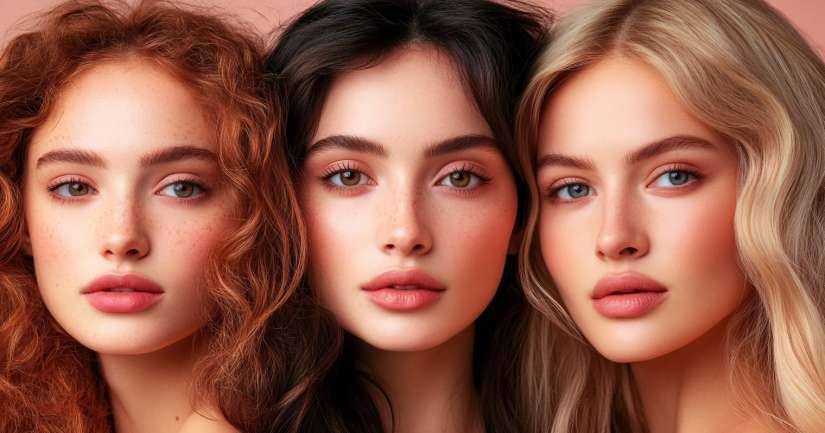
Are you curious about which beauty standard aligns with your unique features? Take our “Which Beauty Standard Do I Fit?” quiz to find out. This engaging quiz reveals insights about your appearance and how it matches various beauty ideals from around the world. Uncover the mystery behind your look. Learn which attributes make you stand out. You might find connections to classic Hollywood glamor, modern minimalist trends, or even timeless elegance from different cultures. This quiz is not just about looks; it’s about understanding yourself better.
Each question guides you through aspects of your style, facial features, and personal preferences. By the end, you’ll gain a clearer picture of where you fit in the diverse world of beauty standards. Plus, you’ll pick up tips on enhancing your natural charm.Ready to discover your beauty match? Dive in and let your journey begin! Once you’ve finished this adventure you’ll definitely want to check out Christmas Songs First Lines Quiz for a zany twist. You’ll smiling as you compare your results and maybe see how zany life can be. Then saunter over to A Christmas Carol Stave 1 Quiz to add twist to your day.
Which Beauty Standard Do I Fit – FAQ
Beauty standards refer to the socially constructed ideals of physical appearance. These standards can vary greatly across different cultures and time periods. Typically, they dictate what is considered attractive or desirable in terms of body shape, facial features, skin tone, and other physical attributes.
Beauty standards can significantly impact individuals’ self-esteem and mental health. When people feel they do not meet these ideals, they may experience feelings of inadequacy, anxiety, or depression. Conversely, those who conform to beauty standards may receive positive reinforcement, which can influence their behavior and self-perception.
Beauty standards evolve due to various factors, including cultural shifts, media influence, and technological advancements. For example, the rise of social media has accelerated the spread of different beauty trends, making certain looks popular for shorter periods. Historical events and changing societal values also play a role in how beauty standards develop.
Beauty standards vary widely from one culture to another. In some cultures, a fuller body may be seen as a sign of wealth and fertility, while in others, a slimmer physique is prized. Similarly, skin tone preferences can differ, with some cultures valuing lighter skin and others celebrating darker complexions. These differences highlight the subjective nature of beauty.
Yes, beauty standards can be challenged and changed through awareness and advocacy. Campaigns promoting body positivity and diversity in media representation are examples of efforts to broaden the accepted definitions of beauty. By embracing a wider range of appearances, society can shift toward more inclusive and realistic beauty standards.
